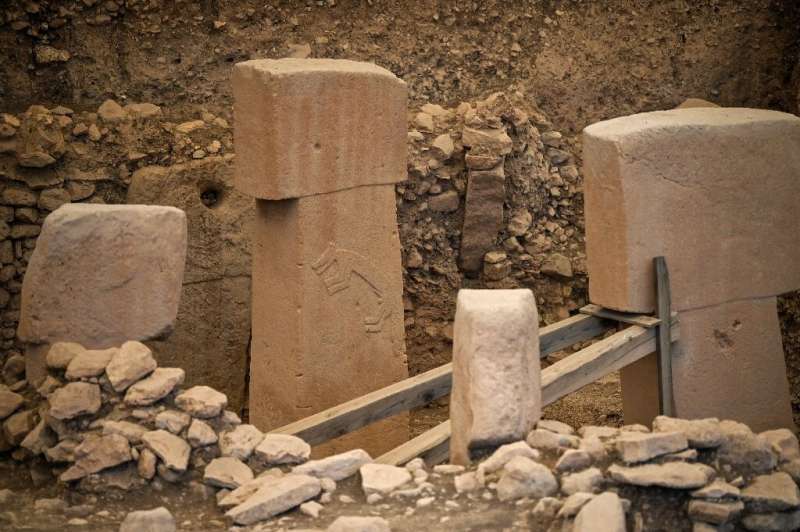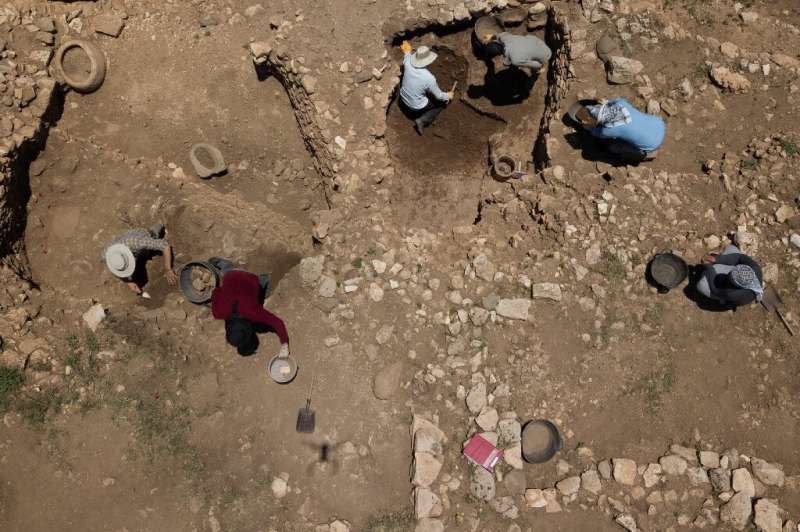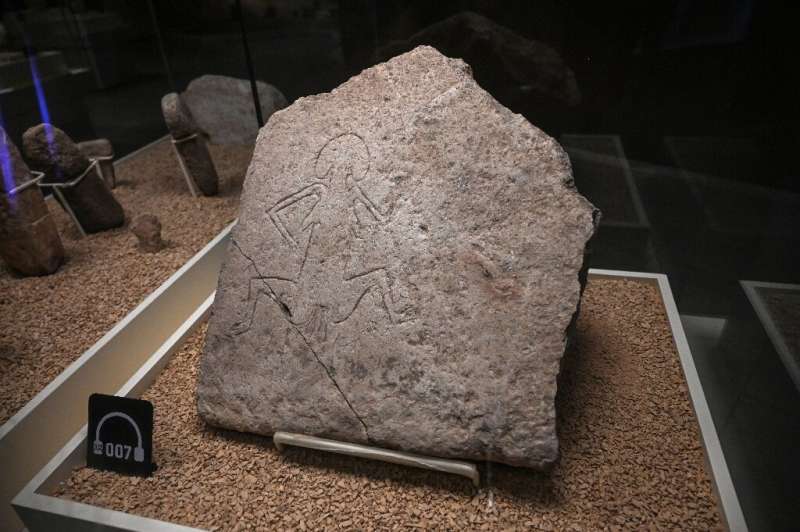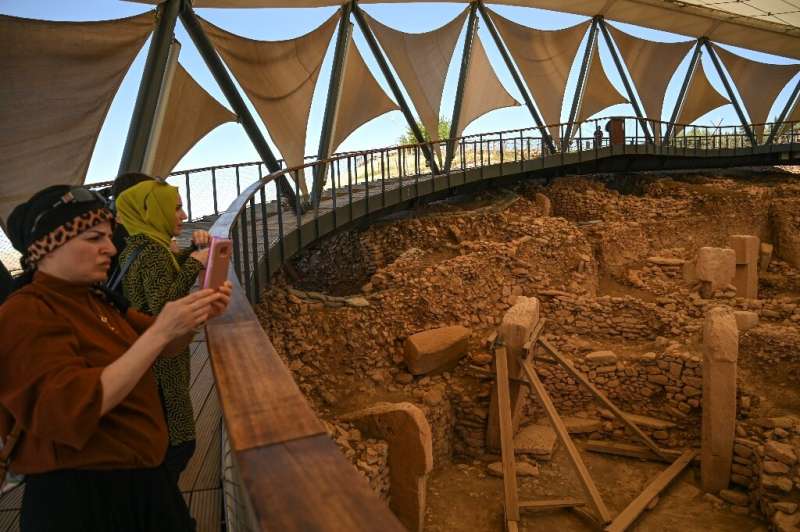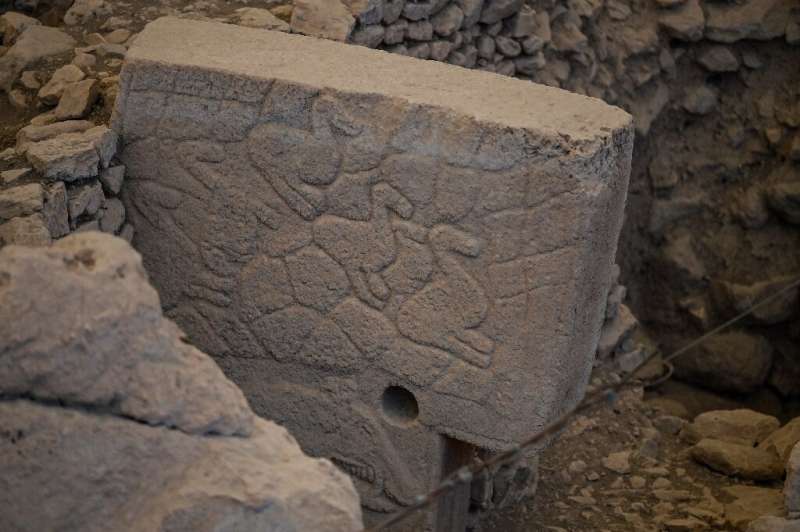Jayashree Nandi - TODAY
Hindustan Times
New Delhi: There is a high probability that the ongoing La Niña, which has affected temperatures and rainfall patterns, exacerbated drought and flooding globally, will continue until at least August, the World Meteorological Organization (WMO) said on Friday. Some predictions even suggest it might persist into 2023. If so, it will only be the third such instance since 1950 of La Niña lasting three years, WMO said.

© Provided by Hindustan TimesLa Niña has exacerbated drought and flooding globally. (AP)
Experts said La Nina’s continuation may not be bad because it supports good rainfall in India during monsoon. “The first 15 days of monsoon may be slow but we are expecting it to pick up from next week. The forecast of La Nina conditions continuing at least till August is good news,” said Mahesh Palawat, vice president (climate change and meteorology) at Skymet Weather. He added they continue to expect a normal monsoon between 96 to 104% of long period average (LPA). “In fact, rain is likely to be on the higher side of the normal category.’
But longer projections indicate evolving El Nino conditions next year, which could mean severe heat and a poor monsoon in India. “Some projections are [also] suggesting...a devolving La Nina next year. Its early to tell but El Nino, if it arises, will definitely hamper our monsoon in 2023,” said Palawat.
The ongoing drought in the Horn of Africa and southern South America, above average rainfall in South-East Asia and Australasia and predictions for an above average Atlantic hurricane season are all linked to La Nina, WMO said.
“Human induced climate change amplifies the impacts of naturally occurring events like La Niña and is increasingly influencing our weather patterns, in particular through more intense heat and drought and the associated risk of wildfires – as well as record-breaking deluges of rainfall and flooding,” said WMO secretary general Petteri Taalas.
The current La Niña started in September 2020 and continued through mid-May 2022 across the tropical Pacific. There was a temporary weakening between January and February but it has strengthened since March
WMO’s long range forecasts indicate there is about a 70% chance of the La Niña conditions extending into boreal summer this year (June to October), and about 50-60% during July-September.
There are some indications that the probability may increase slightly during the boreal fall of 2022 and early boreal winter of 2022-23 (December to February). “Despite the stubborn La Niña in the equatorial central and eastern Pacific, widespread warmer than-average sea-surface temperatures elsewhere are predicted to dominate the forecast of air temperatures for June-August 2022. However, the extent and strength of predicted warming is less than during March-May 2022... ,” WMO said.
According to India Meteorological Department (IMD), moderate La Niña conditions are prevailing over the equatorial Pacific region. La Niña conditions are likely to continue throughout the forecast period till September. The probability forecast for El Niño Southern Oscillation (ENSO) indicates the enhanced probability for La Niña conditions is likely during most of the forecasted seasons.
In May, IMD said monsoon rainfall between June to September is likely to be “normal” at 103%, with a model error of +/-4%. in April, IMD said monsoon rainfall was likely to be 99% of LPA.
IMD director general M Mohapatra said last month that they have increased the quantum of rainfall likely during monsoon because projections are showing La Nina conditions will continue till the end of monsoon. “La Nina conditions will support normal rains which may be countered a little due to development of negative Indian Ocean Dipole (IOD) conditions over the Indian Ocean.”
La Nina has a cooling influence in India even as it recorded a very unusual spring and summer dominated by extreme record-breaking heat spells. Experts said worse is yet to come during the upcoming El Nino season.
Indian Institute of Tropical Meteorology climate scientist Roxy Mathew Koll said intensity of El Ninos has increased and is protected to increase further under background ocean warming. “It is too early to tell if we would have an El Nino next year, but as per the climate cycle and recent trends, it might appear in the next two years and that would break records in terms of global temperatures.”
Koll said El Ninos generally weaken the monsoon winds and can reduce the amount of rainfall in India. “It can also lead to intense marine heatwaves in the Indian Ocean that can affect cyclones and fisheries. So, we should be watchful of upcoming El Ninos, particularly the strong ones.”
La Niña involves the large-scale cooling of the ocean surface temperatures in the central and eastern equatorial Pacific Ocean coupled with changes in the tropical atmospheric circulation (winds), pressure and rainfall. It usually has the opposite impacts on weather and climate. El Niño is the warm phase of ENSO, which has a major influence on weather and climate patterns such as heavy rains, floods and drought. In India, El Nino is associated with drought or weak monsoon. La Nina is associated with strong monsoon and above average rains and colder winters.







